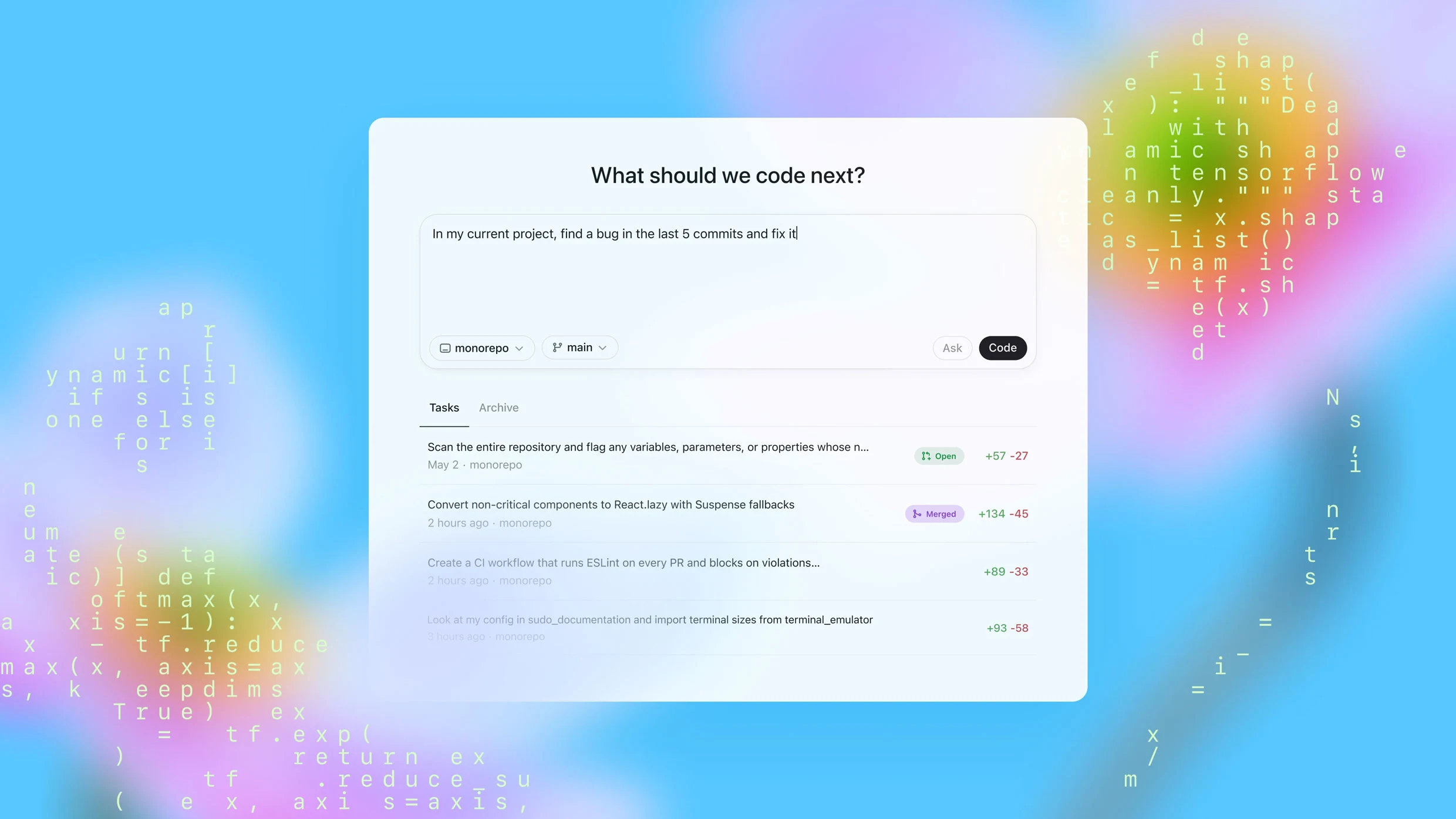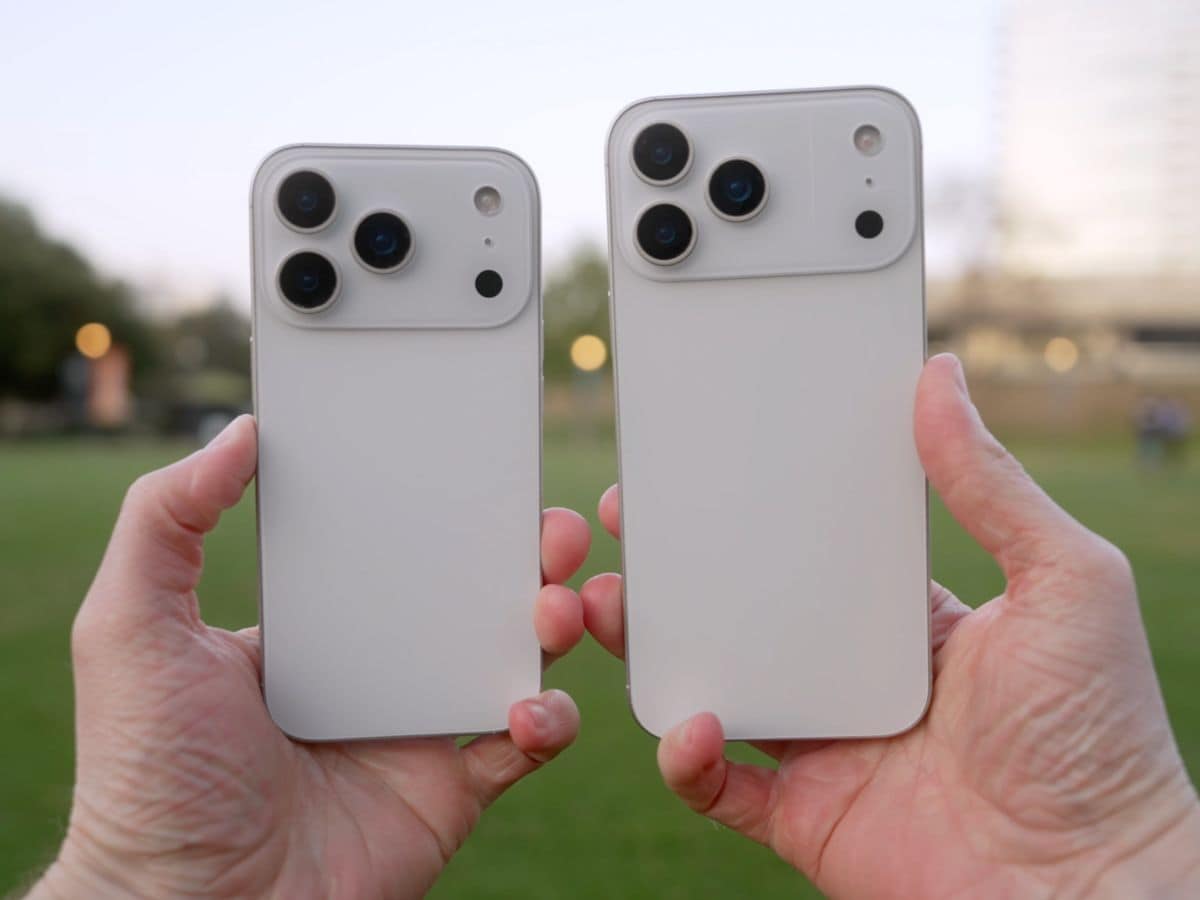It was the surprise of Meta Connect de 2024 Last September. The Apple Vision Pro has already been available since the start of this year 2024 and as we could see, the Apple VR helmet struggled to convince not only the press, but also the end users. It was therefore quite daring on the part of Meta to present the Orion project, augmented reality glasses which resumed what the Apple helmet proposed, but all in a simple pair of glasses.
So yes, it is not the finest glasses that we could have seen, but the concentrate of integrated technologies was most impressive, especially when you know as Meta is ready to spend to offer the future technological rupture. So it was with a Mark Zuckerberg big days that we were able to discover the Orion project. Following the 2024 Meta Connect, only journalists on site had been able to try the Orion project which had remained in the concept state and/or prototype. Almost 9 months later, the Orion project was finally able to cross the Atlantic and it is the European press turn to discover the new concept of Meta. For the occasion, we were therefore among the lucky little ones to be able to go to London to discover and test the Orion project.
What is Meta Orion?
If we have never heard of the Orion project, well, it’s very simple. The first time we discover the project is purely and simply a pair of glasses. So yes, the frame is much thicker compared to a classic frame but it remains a pair of glasses. But we will have understood, it is not a simple pair of glasses since they are augmented reality glasses. These are still prototypes and commercial models will not arrive before 2030 according to Meta. You should know that for Meta, each prototype is for the moment 10,000 dollars so we will wait for a larger public Price before going on it. Obviously, Meta are not the first and others have already ventured. We think for example of Snap shows, Android XR at Google or even the cinema glasses like those of Xreal.

Even glasses
Compared to certain competitors already on the market, the Project Orion is somewhat different. If we take the example of XREAL glasses for example, these are just glasses that work like an external screen, so you need a data and calculation source (your smartphone or your computer) and above all, XREAL glasses use microoled screens which are visible by the user via a mirror system. The advantage is that the image is convincing but we end up with a frame not only thick, but with glasses far enough from the eyes. On the Orion project, there is no glass per se but silicon carbide glasses, a kind of ultra-refractory ceramic.
These glasses are coupled with screens also microoled which are reflected on silicon carbide glasses (be careful, it’s not glass, it’s just an abuse of language to simplify understanding). The advantage of such a technology is that it takes up less space and we find ourselves wearing oron glasses like a real pair of glasses, there is no gap or other, it is glued to our eyes like a pair of normal glasses. It’s impressive.

A three -devices project
And while Xreal glasses depend on an external source, we can summarize the Orion project to a pair of autonomous glasses with its own operating system. But that would be too simple since the Project Orion is made up of three devices to operate. We obviously have the glasses but to avoid having the computer side in the glasses under penalty of transforming the glasses into a helmet like the Apple Vision Pro, Meta has chosen to deport all the computing power and the operating system on an external case which communicates in wireless. We were not given the technology behind but we did not feel latency or others during our tests. Another advantage of such a choice is that it is the box that heats up and not the glasses, which could have been an inconvenience on the face if the glasses began to heat.
But that’s not all. If the glasses even embark no less than seven cameras and sensors in order to understand the external environment, but also the user’s arms and hands, a bit like the Apple Vision Pro, the complete kit of the Orion project includes a third device. This is a bracelet that will allow us to recognize with precision what the user’s hand does. Admittedly, Meta could have done as on the Quest helmets and use the cameras in order to recognize the hand and possibly the movements of the fingers but it was not precise enough. Indeed, if it is easy enough to follow the movement of the hands and recognize the famous “pinch to validate”, the Orion project is somewhat more ambitious. We can thus pinch with his index to validate, pinch with the middle finger to return to the reception menu (we save the gestures, huh Apple?) But we can also scroll by closing his hand and using his thumb as if we had a wheel in the hand.
We obviously tried to try it all and it was stun with responsiveness. So how does it work? It is precisely thanks to the bracelet which integrates the EMG technology (Electromyogram) and which makes it possible to record the electrical activity of the muscles. Suddenly, the bracelet is capable of understanding when you use its index, its adult, its thumb, or any combination. It’s really surprising at the start, but after 30 seconds of explanation, everything was integrated. In addition to that, Meta has integrated haptic feedback, which allows you to return to our actions. Practical.

Meta would have the vision
We know now, the bracelet brings much more than expected and it is a real innovation but as we already know, nothing replaces the view to control and navigate in a space interface. Also, there are sensors inside the glasses that allows you to follow the eyes of users. When you wear the glasses for the first time, you go through a configuration phase as on the Apple Vision Pro. Points appear and we have to look at them and then validate them. Not being a daily user of the Apple Vision Pro (like 100% of owners we are sure), we had to get a little bit of a little (30 seconds again) but once again in the bath of space computer, it’s super instinctive. We go from a window to the other without worries.
According to Meta, the Orion project offers a 70 ° vision angle. It is therefore a little narrow but for the American manufacturer, it allows you to continue to have a correct vision of the outside world. Yes, because we recall, the difference with a simple virtual reality headset like the Apple Vision Pro is that we are in the presence of augmented reality glasses. Meta’s RA operating system is superimposed on reality!

Space computer
It has been said above several times, the glasses of the Orion de Meta project, it is to put a simple computer in the shape of a pair of glasses and therefore on the tip of its nose. For once, Meta offers a dedicated operating system that can manage up to three windows and launch its applications. Unsurprisingly, there are applications like WhatsApp, Instagram or an Internet browser. The operating system is very similar to what we know with a cross at the top of the launched application which will allow us to close the application, an application grid on the home page and a bar at the bottom of the display which allows not only to return to the home page but also to move the windows. Yes, this is very similar to what we know on Meta Quest and Apple Vision Pro. You can also anchor application windows in your space and turn around. It is then enough to pinch with its adult to bring the application windows in front of you. Practical.
We were even able to try a Visio application via Messenger. If we could see our correspondent, the latter could not see us since there is no avatars to date and as we carry the Orion project on the nose, impossible to film. But that’s not all, because Meta, it’s also Meta Ai and a strong inspiration for what we know with the Ray-Ban Meta. Thus, by closing his hand and pressing twice with his thumb, you can launch Meta ai and ask him any question. Thus, we were in front of different ingredients and we were able to ask Meta Ai to offer us a recipe from these ingredients. If we had been on the Ray-Ban Meta, we would have had a dictation and we would have been quickly lost. The advantage of the Orion project and therefore augmented reality glasses is that Orion was able to display what he recognized and especially on a new window the recipe he found. Suddenly, if we are in a kitchen, it allows us to cook with all the information permanently in front of us. No need to come back to a tablet or a smartphone that may have been in standby in the meantime.
And finally, we were even able to test an augmented reality game, a kind of PONG in 3D. The goal was to test real -time recognition of the movement of our hands and not surprisingly, it works very well. Unfortunately, we lost against the person who made me the demo. We were ashamed, sorry.
Galerie
🟣 To not miss any news on the Geek newspaper, subscribe to Google News and on our WhatsApp. And if you love us, .












